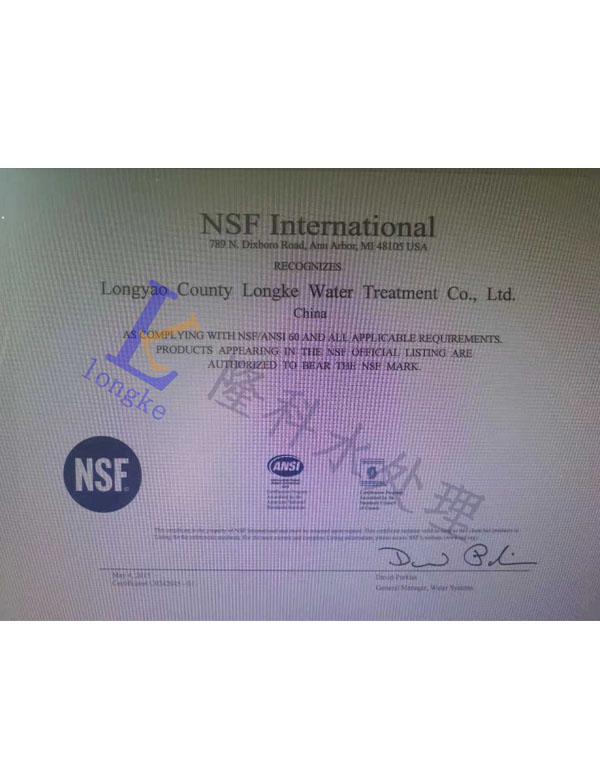amino tri methylene phosphonic acid
Amino tri(methylene phosphonic) acid (ATMP) is a versatile and important compound widely used in various industrial applications. As an organophosphonic acid, it is derived from the combination of amino and phosphonic acid functionalities. The chemical structure of ATMP features three methylene phosphonic acid groups attached to an amino group, which endows this compound with unique properties that make it suitable for multiple applications.
One of the primary uses of ATMP is in the field of water treatment. The compound is an effective scale inhibitor, preventing the formation of mineral scales in industrial water systems such as cooling towers, boilers, and heat exchangers. Scale formation can lead to reduced efficiency and operational problems, making ATMP an essential additive in maintaining the performance of these systems. By chelating metal ions, ATMP disrupts the crystallization process of scale-forming minerals, allowing for stable operation and enhanced heat transfer efficiency.
.
Another notable application of ATMP is in the formulation of detergents and cleaning products. Its chelating properties enable it to bind metal ions that can interfere with the cleaning process, enhancing the performance of surfactants. This helps to improve the overall efficacy of detergents, allowing them to maintain their cleaning power even in hard water conditions, which is often laden with calcium and magnesium ions.
amino tri methylene phosphonic acid

In agricultural practices, ATMP has been investigated for its role in enhancing the availability of essential nutrients. It can help in delivering phosphorus to plant roots by preventing sedimentation in nutrient solutions and ensuring better nutrient accessibility. This is particularly significant in increasing crop yields and optimizing fertilizer usage, promoting sustainable agricultural practices.
Despite its advantages, the use of ATMP must be managed carefully due to its environmental implications. As with many phosphonate compounds, there is a need to assess its environmental fate and potential toxicity. Research is ongoing to develop biodegradable alternatives or mitigation strategies that could reduce the environmental impact while retaining the efficacy of ATMP in its applications.
In conclusion, amino tri(methylene phosphonic) acid is a multi-functional compound with vital roles in various industries, particularly in water treatment, oil and gas, detergents, and agriculture. Its ability to inhibit scale formation, prevent corrosion, enhance cleaning efficiency, and facilitate nutrient availability showcases its importance in modern industrial applications. As industries seek more sustainable practices, the ongoing research into the environmental impacts of ATMP will be crucial in shaping its future use.
-
Understanding Polycarboxylic Acids: Properties, Applications, and Future PotentialNewsJul.28,2025
-
Scale Inhibitor Explained: How to Protect Your System from Limescale and Hard Water DamageNewsJul.28,2025
-
Scale and Corrosion Inhibitors: Essential Chemicals for Industrial Water System ProtectionNewsJul.28,2025
-
Polyaspartic Acid: A Biodegradable Polymer for Sustainable ChemistryNewsJul.28,2025
-
Isothiazolinones: A Versatile Antimicrobial Class with Industrial Power and Regulatory ChallengesNewsJul.28,2025
-
A Deep Dive into 2-Phosphonobutane-1,2,4-Tricarboxylic Acid (PBTC)NewsJul.28,2025





